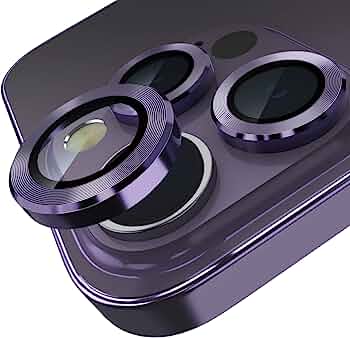In the wake of iPhone 15 now available for pre-order, the choice to upgrade the model is on the minds of lots. The new model comes with numerous new features including 48-megapixel cameras, as well as the availability the USB-C connector.
Yet, it’s worthwhile to mention there’s a reason why the iPhone 15 comes with a much higher price compared to its predecessor. The question is whether the extra cost is justified. Let’s delve into it!
Are the iPhone 15 128GB worth considering for an upgrade?
The iPhone 15 and its Pro counterpart share similarities with the models of last year, however they sport more potent chips and upgraded cameras. Furthermore, they’re lighter, with the Pro versions sporting a revolutionary titanium frame (the same one used on the Mars Rover), making them notably lighter.

One notable enhancement is the introduction of USB-C support. This allows compatibility with the USB-C cables you already have, but at a slightly slower charge speeds.
However, choosing the basic iPhone 15 means missing out on a couple of things. The dynamic island feature, which displays the latest notifications as well as Live Activities on the home screen. Furthermore, you’ll end up with a 60 Hz display refresh rate, a feature that Apple’s phone is in comparison to the other brands. However, rumors suggest the possibility of a new “Ultra” model that promises to tackle this issue and will also include a 2TB storage capacity and a 8K camera for periscopes.
Disparities in performance are present between the iPhone 15 and iPhone 14:
While the standard iPhone 15 might not appear substantially different from iPhone 14 in terms of appearance and size It does come with significant improvements in performance and cameras. It is fitted with the latest 48MP image sensor which allows for superior quality, sharp images.
The iPhone 15 boasts the advanced A16 Bionic chip, typically found on higher-end devices. This results in smoother performance during tasks such as streaming, swipe, and gaming.
The other notable feature is the iPhone 15’s bigger 6.1″ Super Retina XDR display that comes with HDR support, offering brighter and more vibrant content. It also introduces Dynamic Island that ensures notifications and Live Activities are readily visible. Also, the iPhone 15 incorporates a USB-C port for faster charging and transfer of data and comes with waterproofing, as well as colored glass that is protected and aluminum-based design.
Camera improvements in the iPhone 15 compared to the iPhone 14:
The iPhone 15 series introduces several major camera improvements that weren’t available in the iPhone 14. The improvements include Dynamic Island and a large 48-megapixel main camera and USB-C compatibility, especially useful for videographers, photographers as well as those who want an experience that is top-quality for smartphones.
The main camera that is 48MP on the iPhone 15 excels at capturing high-quality photos, compared to the 12MP camera in the iPhone 14, and it includes a new telephoto lens for improved zoom capabilities. It also supports HEIF images, which improve image quality while decreasing file sizes.
Overall, the iPhone 15 offers substantial enhancements that make it an attractive choice for most current users. If you’re looking for an even more expensive device could opt for the iPhone 14, which boasts an excellent telephoto camera and strong performance. Add to that the convenience of a USB-C port. Additionally, it is priced at a an affordable price compared to iPhone 15. iPhone 15. Hence, for most users, upgrading to the iPhone 15 this year makes sense.
Storage concerns to consider for iPhone 15 128GB and iPhone 14 128GB
Similar to its predecessors, as with its predecessors iPhone 15 series lacks a microSD card slot to expand storage. Therefore, customers must get a compatible USB-C drive, or choose iCloud to increase storage capacity, iphone 15 128gb especially if they engage in activities like shooting high-resolution images and videos as well as downloading media and playing games.
Most people, 128GB is sufficient. If you plan to shoot 4K videos or maintain a substantial offline media library could prefer an option with 256GB.
The ideal storage capacity for an iPhone is dependent upon the needs of each user as well as usage habits. If you do not record a lot of video, and mainly stream films and music, 128GB of storage on your iPhone should suffice. In addition, you could increase the storage capacity of your iPhone with additional cloud storage from iCloud, which costs less than $120 per calendar year and can be shared by your family members. This eliminates having to manage your phone’s storage space.

